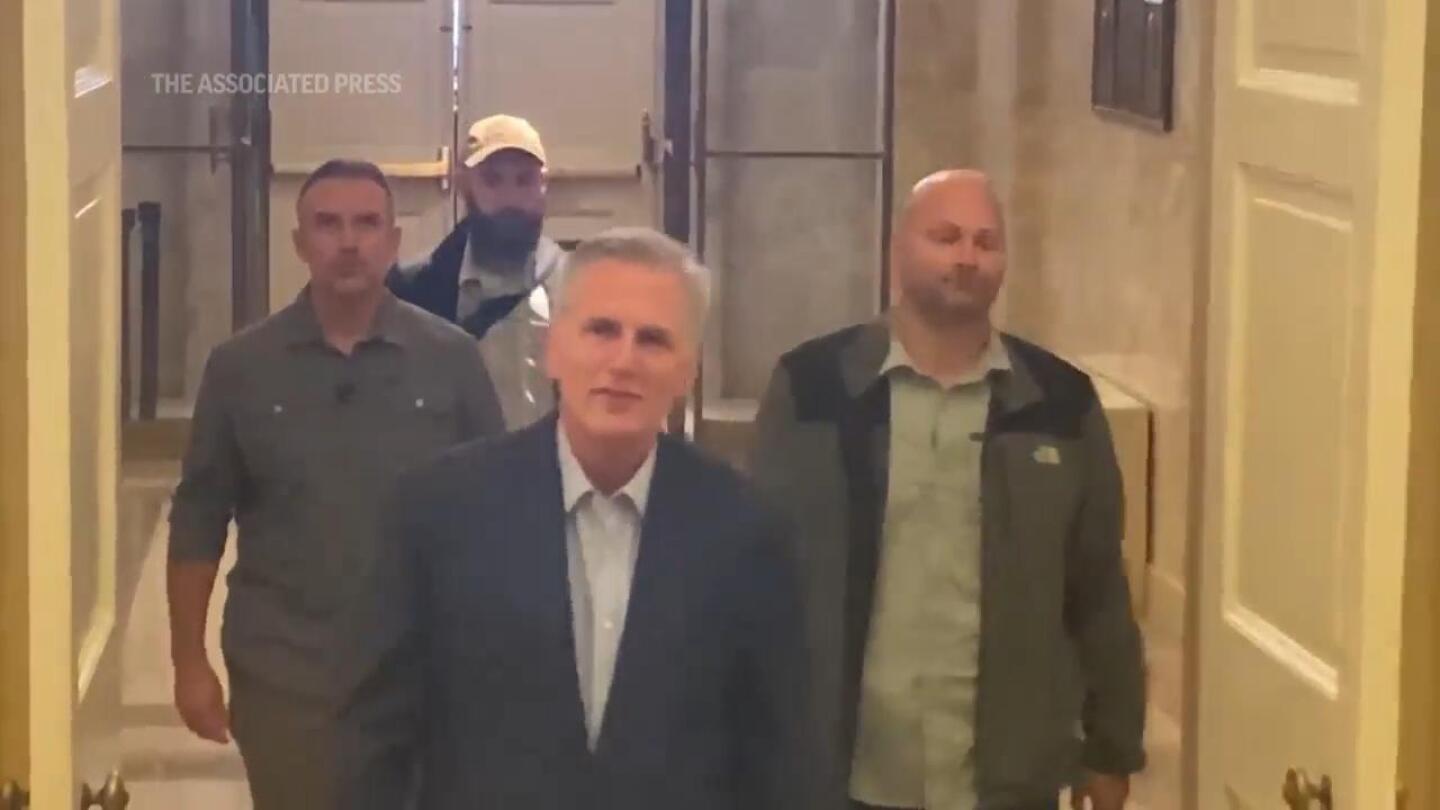House Speaker Kevin McCarthy’s last-ditch plan to keep the federal government temporarily open collapsed in dramatic fashion Friday as a robust faction of hard-right holdouts rejected the package, making a shutdown almost certain.
McCarthy’s right-flank Republicans refused to support the bill despite its steep spending cuts of nearly 30% to many agencies and severe border security provisions, calling it insufficient.
The White House and Democrats rejected the Republican approach as too extreme. The vote was 198-232, with 21 hard-right Republicans voting to sink the package. The Democrats voted against it.



How often does the …senate? vote on a federal funding bill, and why does the last one expire? Why isn’t there some default level of funding for federal spending?
The house is the bigger shit show and typically writes the budget bills since the Senate will usually pass it if the house does. (Not 100% accurate , see edit) The Senate did pass their own bipartisan stopgap funding for 6 weeks, but McCarthy refused to even discuss it because it contained funding for Ukraine.
This is yet another one of those things that has no real safeguards because Congress has always passed budgets without much issue for the majority of history. There’s always negotiating, but shutting down the government has always been off the table until fairly recently.
There is a bipartisan bill being proposed to end shutdowns and just find the government at current levels until a budget is passed. But most members of Congress don’t support it because it means they can’t use the shutdown as leverage, on either side.
Edit: there’s also the Origination Clause, which directs the house to handle money issues https://en.m.wikipedia.org/wiki/Origination_Clause#:~:text=The practice was intended to,between small and large states.